
What are growing pains?
Growing pains affect many children. The pain is usually most intensive in legs, and will most commonly be felt around the front of the thighs, in the calves, or behind the knees. Kids who get growing pains are typically affected between the ages of 3 and 5, and again later, when they are 8 to 12 years old. By the time they are teenagers, most children don’t have growing pains anymore.
The pain affects strictly muscles, not bones or joints. Some doctors suggest that the pain is provoked by too much physical activity. They say that overuse of the muscles during the day causes the muscles to hurt at night, usually just before bedtime, though the pain may get so bad it wakes your child up in some cases.
Check to make sure your child is really dealing with growing pains
Because growing pains are pretty common, it's easy to assume that they're the cause of your child's leg pain — but be careful. See a doctor if the pain only affects one leg, doesn't go away even during the day, causes a limp or makes your child anxious about walking at all, or the pain is centered around a joint. Fever and skin rashes should also be signs to seek medical attention. It's better to rule more serious conditions out, rather than simply assuming your child has growing pains.
How can you ease growing pains?
Allopathic remedies would include ibuprofen (Advil, Motrin) or acetaminophen (Tylenol), of course, and parents who opt for them should make sure to always use the right doses for their children. Aspirin should not be given to kids, because it may cause Reye’s syndrome. This is a serious condition that could be potentially fatal. The exact cause of this syndrome is unknown, but it is connected with Aspirin use in children.
Many parents will do anything to avoid giving painkillers to their kids if they're not needed. That’s when home and homeopathic remedies come handy.
Homeopathic remedies for growing pains include Calcarea Phosphorica and Magnesium Phosphorica. The first is more commonly used during growth spurts, while the second is considered more suitable when your child experiences cramping as a part of their growing pains; consult your homeopathic doctor for further information.
Alongside these remedies, you can also try some other home treatments.
Massage is known to help. Gently rub the area where it hurts. It will relax the affected muscles and soothe the little patient. Avoid pressing too hard or too long, because it could induce some more pain.
Heating pads or moist heat can decrease pain in the affected limbs. A heating pad might be used just before bedtime. Always remove the pad once the child falls asleep. Sometimes just having a warm bath really helps, with or without some Epsom’s salts added to it. Or you could pour hot water in a bottle, wrap it in a towel and offer the kid to place it on painful spots.
Too much exercise or any physical activity may cause growing pains. Stretching the legs and especially toes might be helpful. Flex the toes towards and then away from the body while sitting. Also, encourage your child to try sitting with their legs spread apart. Then stretch towards one leg and after that to another leg. Be careful to stretch gently. These simple exercises, repeated several times could reduce the discomfort. Stretching daily and before bedtime should be a good preventive measure, some specialists suggest.



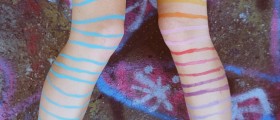
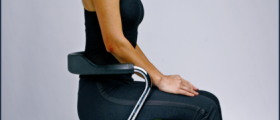
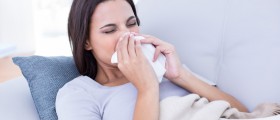
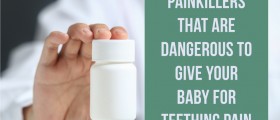
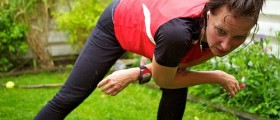
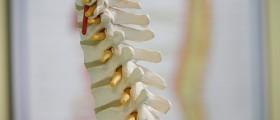
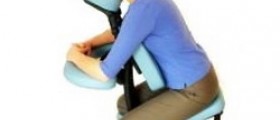

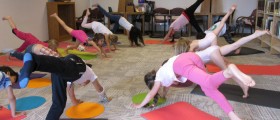
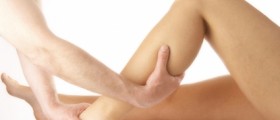

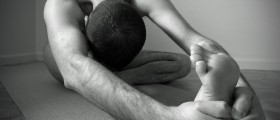

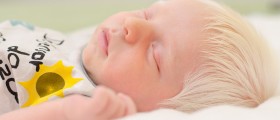
Your thoughts on this
Loading...